Look at the latest releases at Walt Disney World, and you’ll notice a trend: Rise of the Resistance, Runaway Railway, Ratatouille. That’s right; they all start with R.
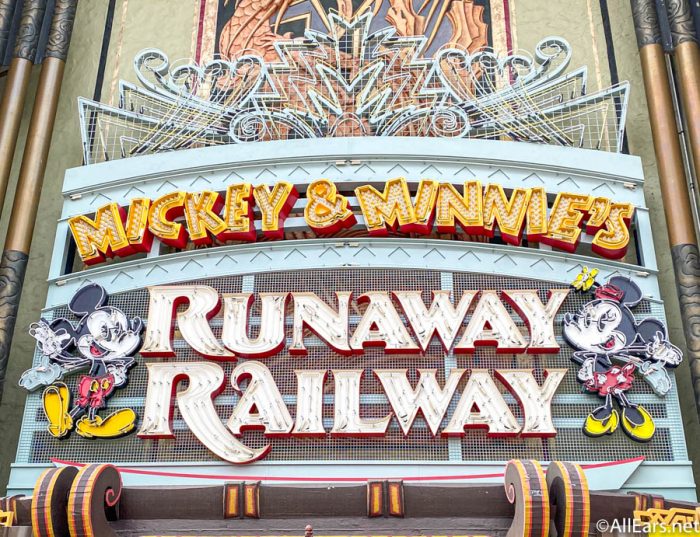
But aside from that, they all also use trackless ride systems. But what is a trackless ride system, exactly, and why is it important?
On its surface, a trackless ride system seems pretty self explanatory; it’s any ride that doesn’t involve some sort of track. Now, obviously, there are many, many Disney rides that don’t use a literal track; Pirates of the Caribbean, Mad Tea Party, and Kali River Rapids are just a few rides that use alternate methods to control the movement of ride vehicles. But going trackless actually means something deeper.
It might be more accurate to refer to these rides as being untethered. Rather than following a predetermined architectural path, like a track, canal, or flume, the ride instead follows a virtual path determined by its programming. It’s similar technology to what you’d see in a self-driving vehicle, albeit on a much smaller scale. This system has several big advantages over a traditional tracked system.
Non-Linear Paths
One of the obvious advantages to an untethered, trackless system is the non-linearity of the ride. A tracked ride usually sends guests down a predetermined path, with each subsequent vehicle following directly behind the first. On a trackless system, vehicles can easily double back through the attraction, swap places with one another, or perform maneuvers that would be impossible on a track.

Take Rise of the Resistance as an example. There are two vehicles per “train”, but they rarely stay in the same order. Almost immediately after the ride begins, the first vehicle makes an abrupt stop as the second takes the lead. The process repeats several times during the attraction, with the vehicles scrambling to avoid stormtroopers, splitting up for safety, and taking divergent ride paths at several points throughout the ride.
Unpredictability
Another hallmark of trackless rides? Unpredictability. The vehicles can make maneuvers that would be impossible on a tracked ride and can even feint going down alternate pathways.
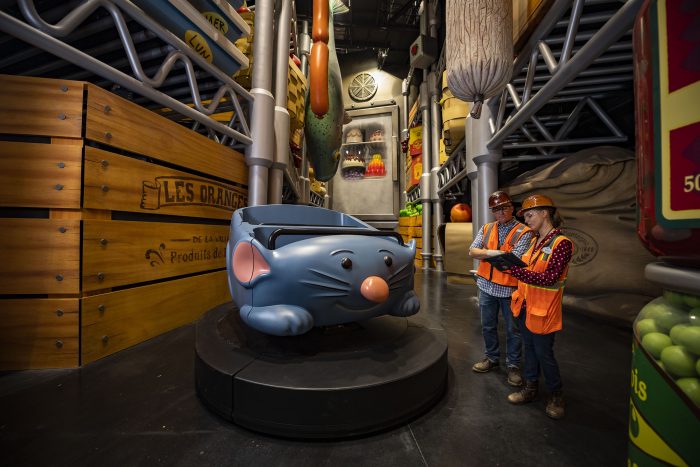
Take Journey Into Your Imagination with Figment as an example; after the first three sensory labs, Dr. Channing unexpectedly cancels the tour, allowing Figment to take over with his own, whimsical version. There is a path that ostensibly leads to the final two sensory labs, and you can even tracks leading there, but it’s clearly non-functional. You can see the real track continuing onward past Figment and know immediately which way you’re actually going. You’re not surprised by the ride’s progression.
Compare that with Rise of the Resistance, which features multiple false doors and hallways that your vehicle begins to enter, only for an unexpected hazard to appear. These features, like the false door in Figment, are only fleshed out enough to create the illusion that they’re a valid path. However, without a track to clue you in on your actual direction, you don’t realize they’re false paths until the switch happens. Rides can even theoretically take advantage of this, playing on sending you down a typical ride path, only to unexpectedly divert you down another, which would dazzle guests and potentially improve ride capacity.
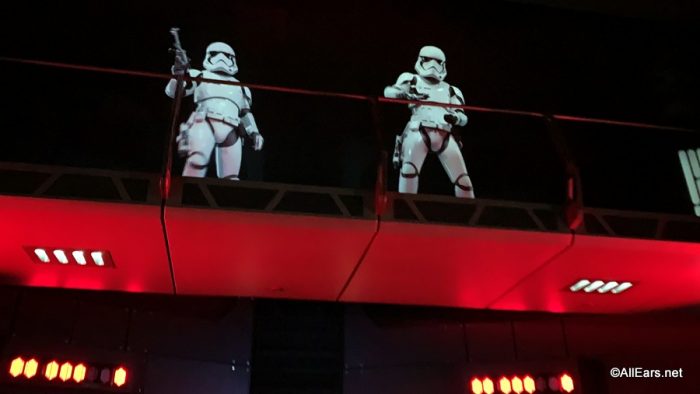
Rides can also take advantage of trackless systems to perform unexpected maneuvers. In Ratatouille: The Adventure at Disneyland Paris, your car hides underneath an oven, only to suddenly scurry out of the way when fire erupts from its vents. This is a minor jump scare but an effective one because of the response of the trackless vehicle. A similar thing happens on Rise of the Resistance when you make your way toward the escape pods, only to be violently pulled back by Kylo Ren. The vehicles even sway and move to simulate being caught in the Force!
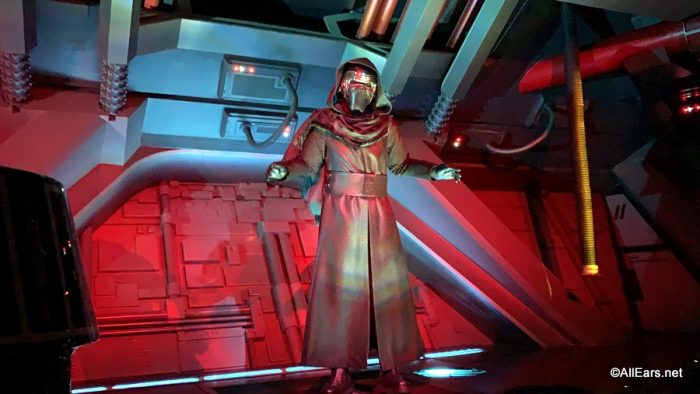
Immersion
One thing that really stands out with trackless ride systems is what designers can do with the actual ride space. In the real world, there aren’t that many places it makes sense to have tracks. Why is there a train running through the Imagination Institute? Why is there a convenient rail for our Time Rover to follow in Dinosaur? Why does the Haunted Mansion even have Doom Buggies? Usually, Imagineers hide this through misdirection and careful control of our perspective, but trackless systems allow for much more intricate set pieces.

Take Mystic Manor for instance. Located at Hong Kong Disneyland, this ride is a total reimagining of the Haunted Mansion concept, focusing instead on a magically animated collection. The ride is also trackless. Unlike the Haunted Mansion at Walt Disney World, Hong Kong’s Mystic Manor starts out relatively normal. There’s no stretching room or warping of geometry until after the ride begins. Instead, you just board a quirky little touring car and are invited to explore what, on the surface, appears to be an eccentric’s mansion. It looks like you could get out and just walk around because, well, you could if it wasn’t for the safety concerns. The ride even goes so far as to double back to the entrance for its conclusion, using the same set in two dramatically different ways.
Safety
Trackless ride systems are inevitably easier to evacuate and to maintain, since you don’t need to worry about a track system and can easily remove a malfunctioning vehicle from operation. Compare Mystic Manor to its Omnimover based counterparts, where any disruption in service brings the whole ride to a halt.
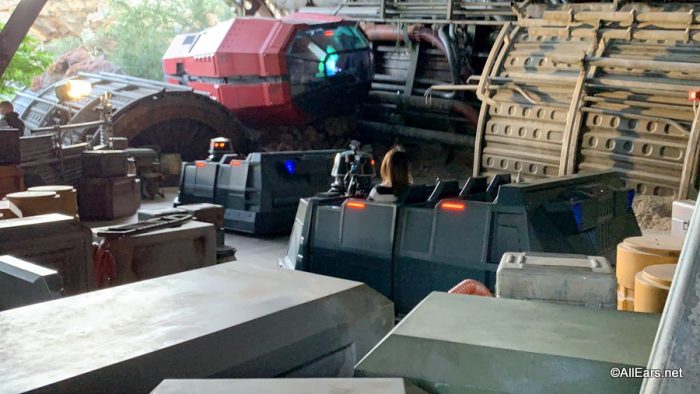
Another useful perk? These ride vehicles are smart. Much like self-driving cars, many trackless vehicles use sensors to keep track of their surroundings. These aren’t truly autonomous systems, of course; part of the difficulty of designing a self-driving vehicle is teaching it to adapt to unpredictable road conditions. A theme park attraction is a controlled space with pre-programmed paths, so the vehicles don’t need to make many decisions. What they can do, however, is stop. If it detects an obstacle, like an unruly rider sneaking out of their seat, it stops. No emergency stop button needed (though one obviously still exists). The ride is intelligent enough to know when something is amiss.
There are newer versions of this technology that are fully autonomous and are capable of navigating a set without external aid, allowing the ride to adapt to hazards in its path. However, Disney hasn’t incorporated this technology into rides as far as we’re aware.
Modularity
There are obviously some things that trackless ride systems can’t do. For starters, they’re meant for flat ground. They can theoretically go up hills, but something like a drop is extremely dangerous, and an inversion is just out of the question.
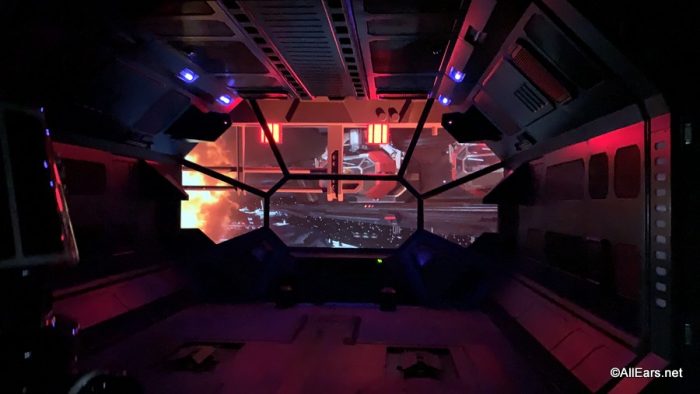
But as Rise of the Resistance once again demonstrates, it’s easy for this ride system to be folded into a larger experience. The escape pod sequence at the end of Rise is both a free-fall and a motion simulator, locking the vehicle into a secure platform before performing movement that is far more intense than what a trackless ride could do on its own. Newer trackless systems even incorporate motion simulation into the vehicle itself, allowing for illusions of intense turbulence and hang time.
In the future, it will be possible to see attractions that use a trackless system to hybridize motion simulators, dark rides, and even roller coasters. As technology improves, there’s no telling what can happen!
The Future
So will trackless rides totally replace other ride systems? Not likely. As versatile as they are, they’re still mostly for dark rides. Roller coasters, motion simulators, boat rides, and even old-fashioned omnimovers all still have their place.
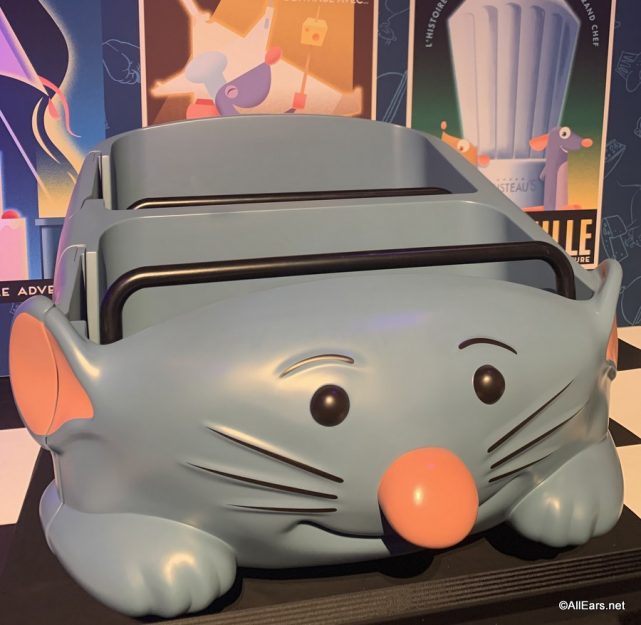
Still, we can expect to see a lot more of these as technology improves… even on attractions that don’t start with R.
How do you feel about trackless ride systems? Share your thoughts in the comments below.
Join the AllEars.net Newsletter to stay on top of ALL the breaking Disney News! You'll also get access to AllEars tips, reviews, trivia, and MORE! Click here to Subscribe!


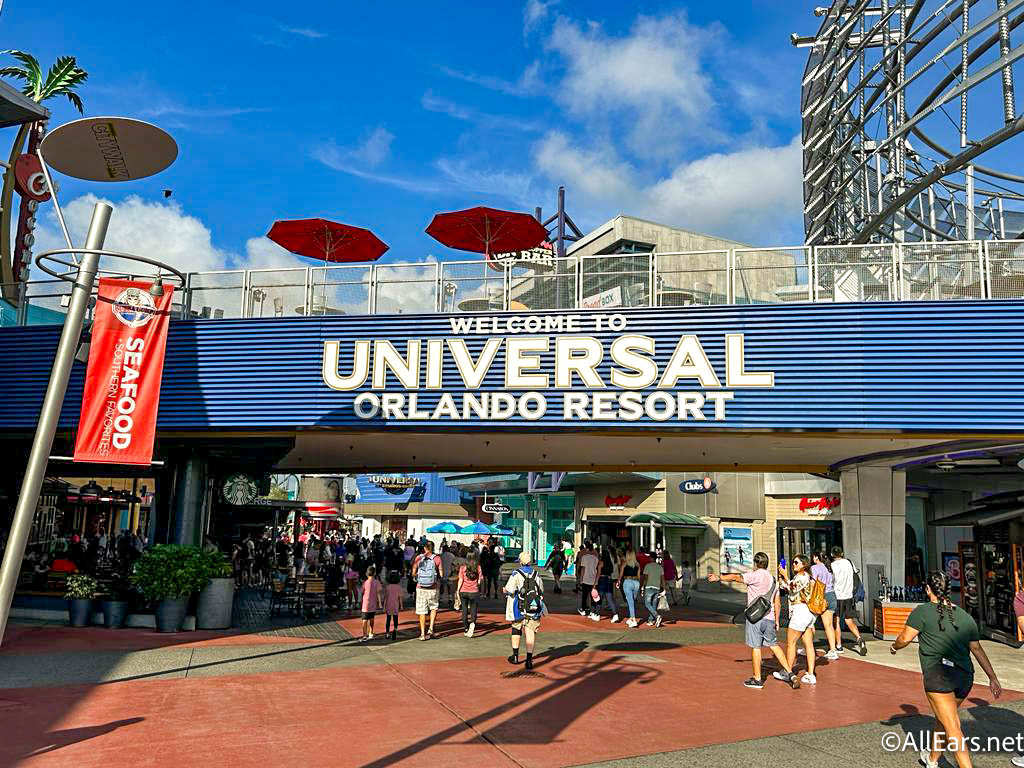


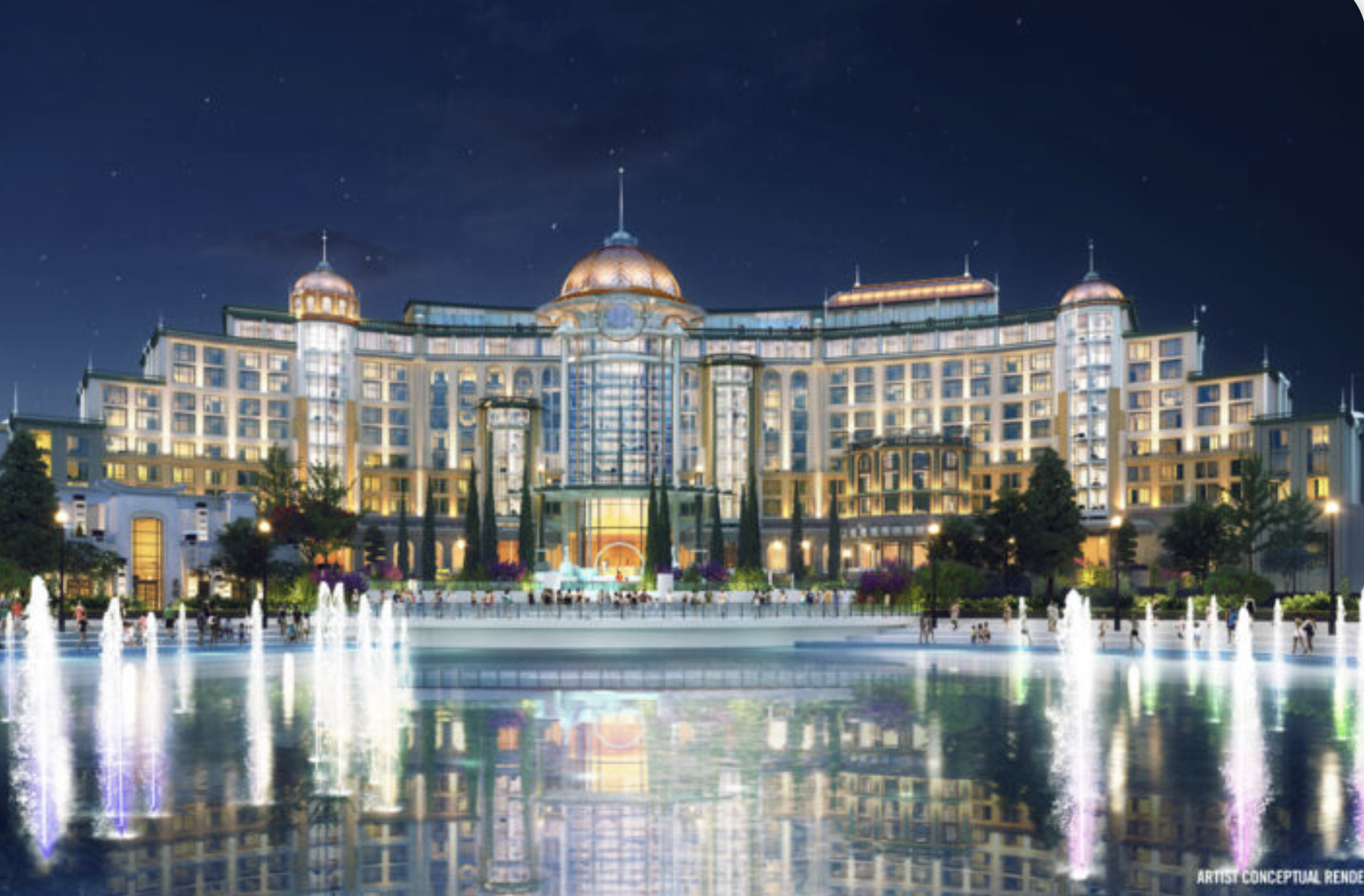
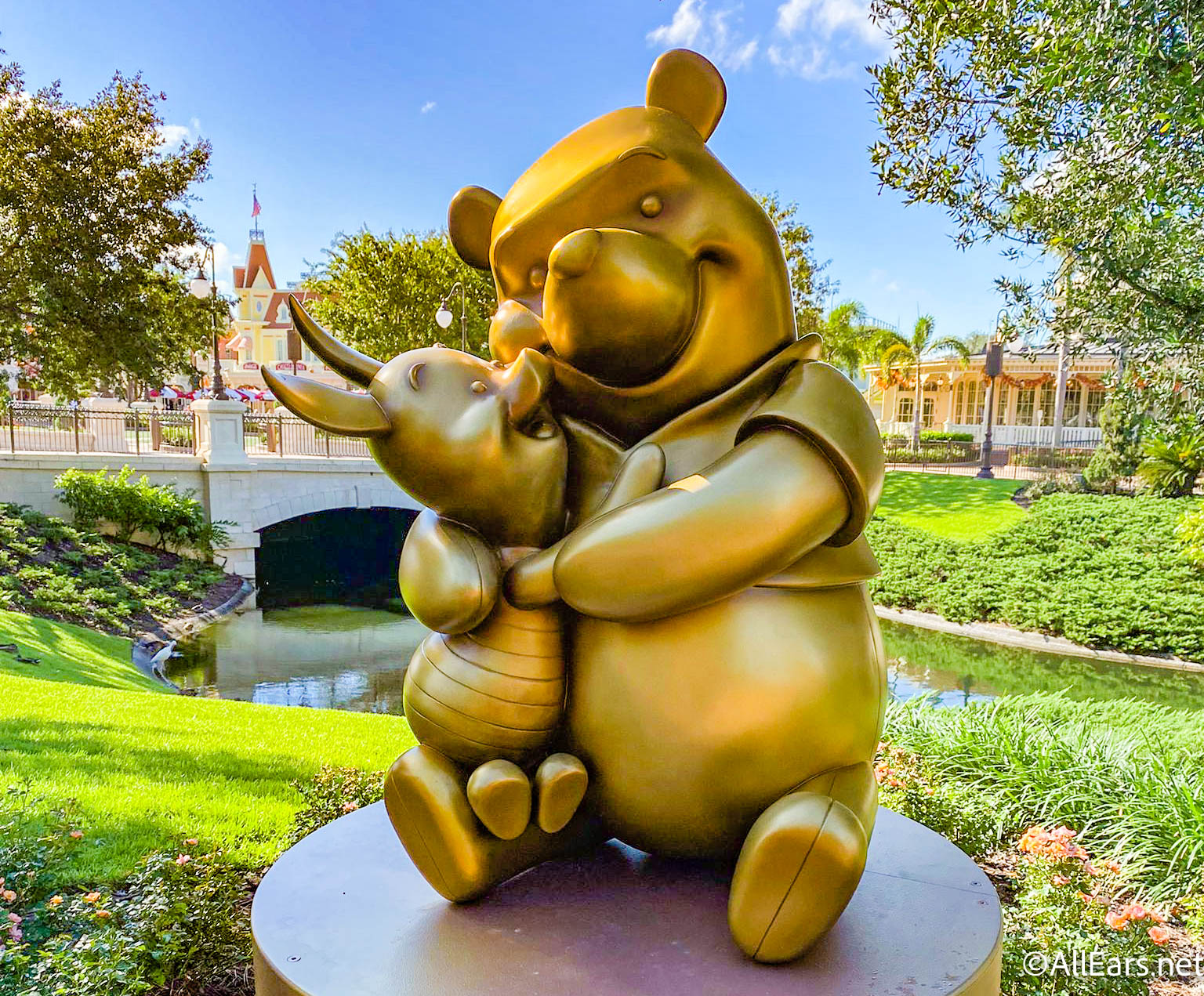
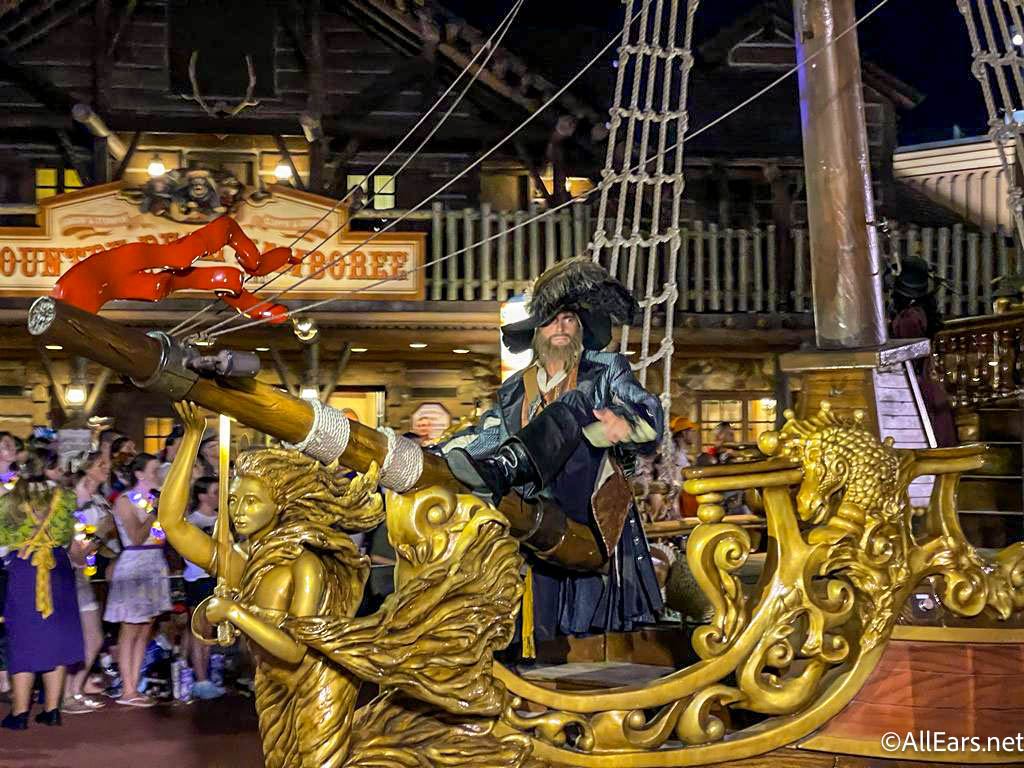
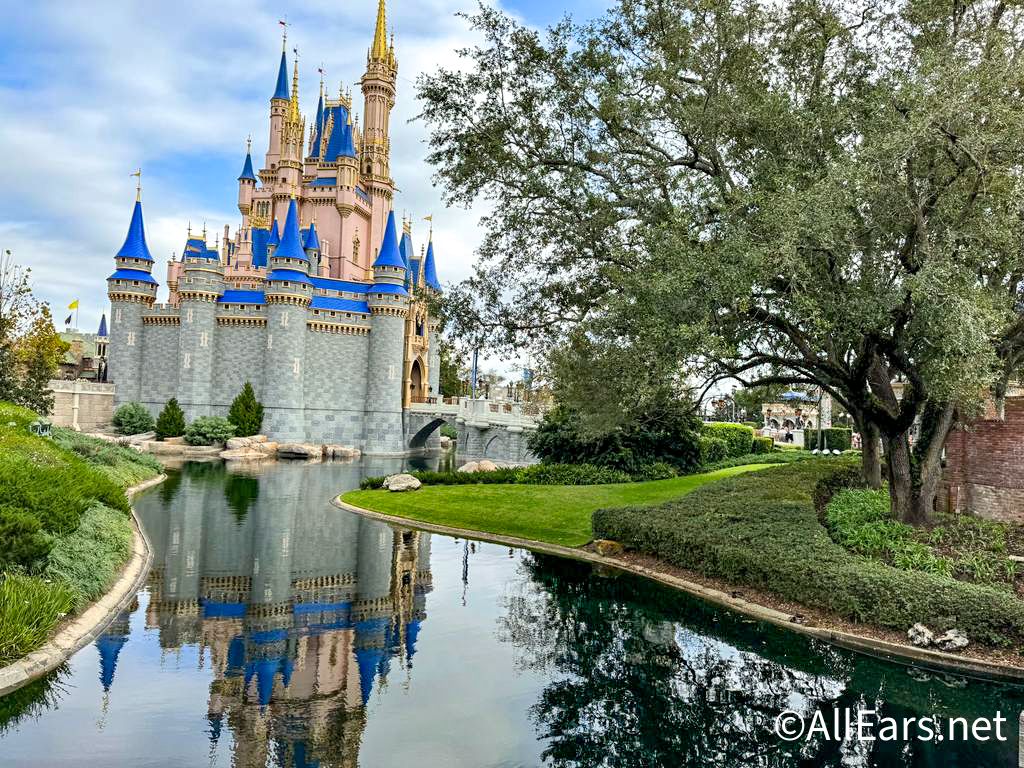
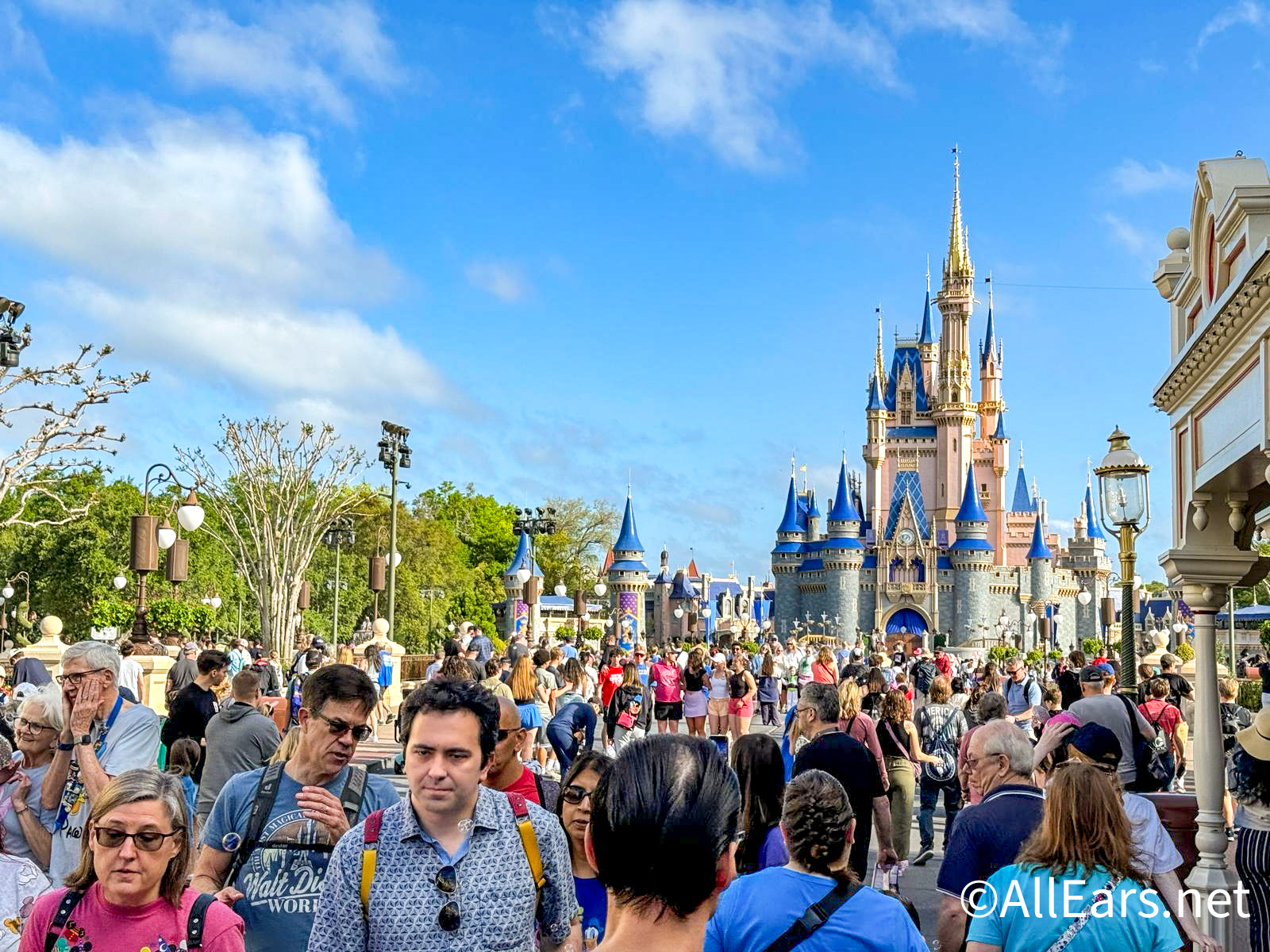

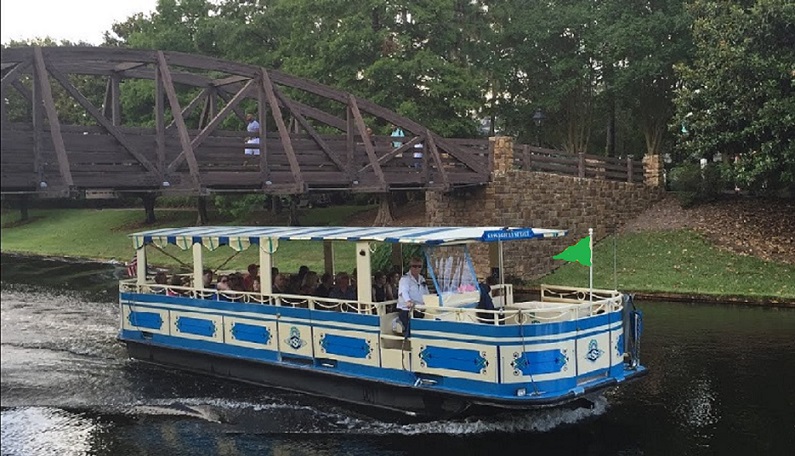
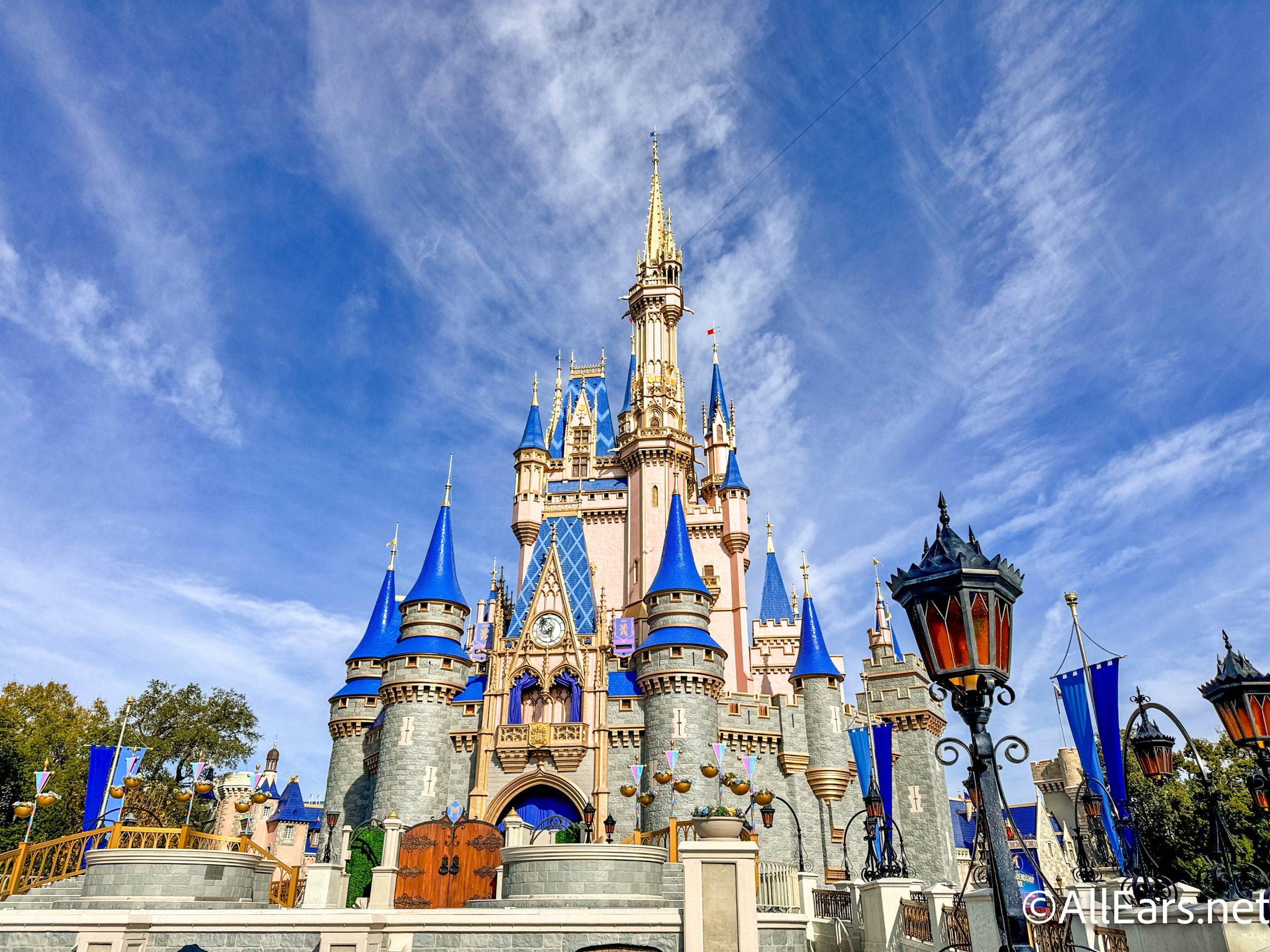

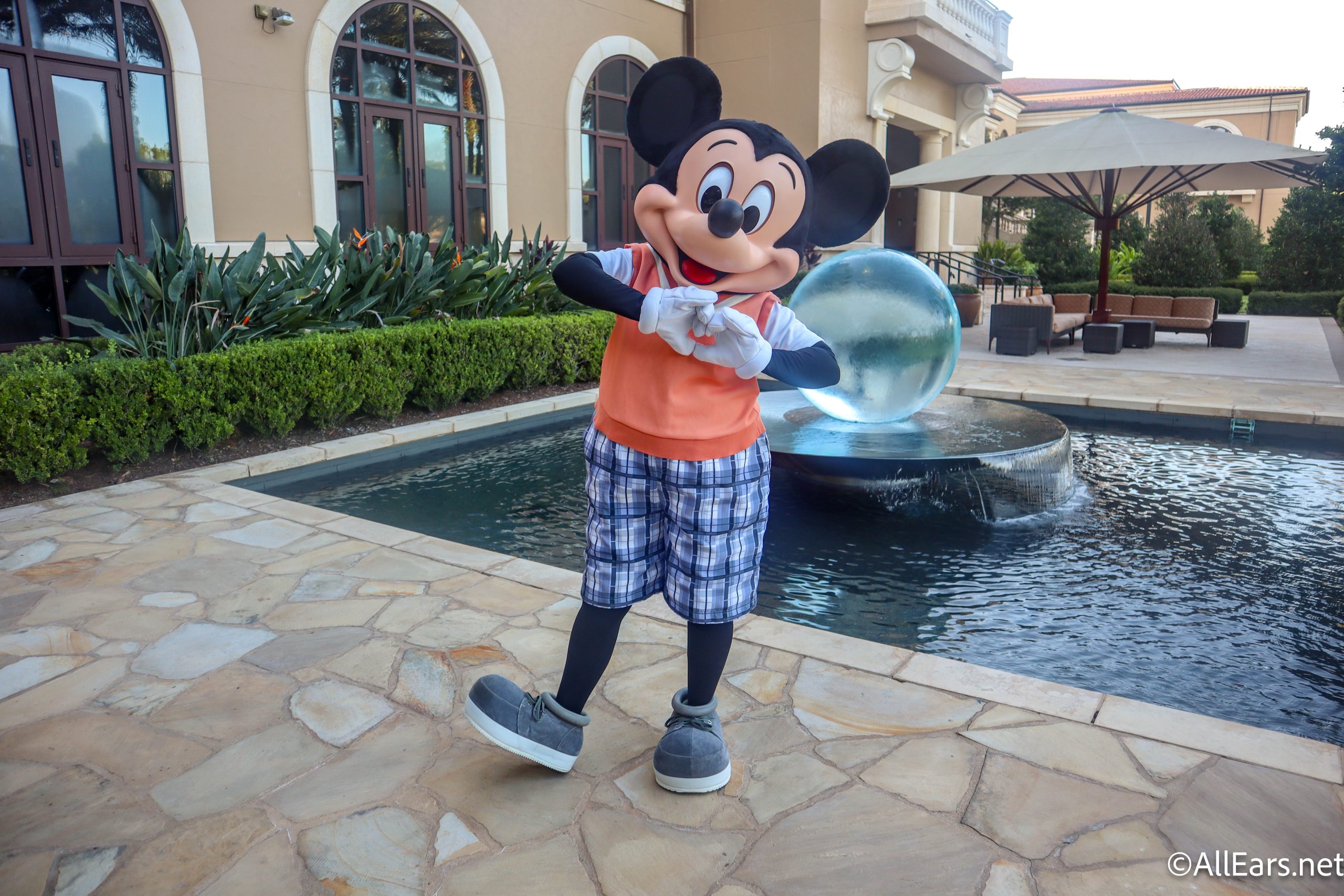

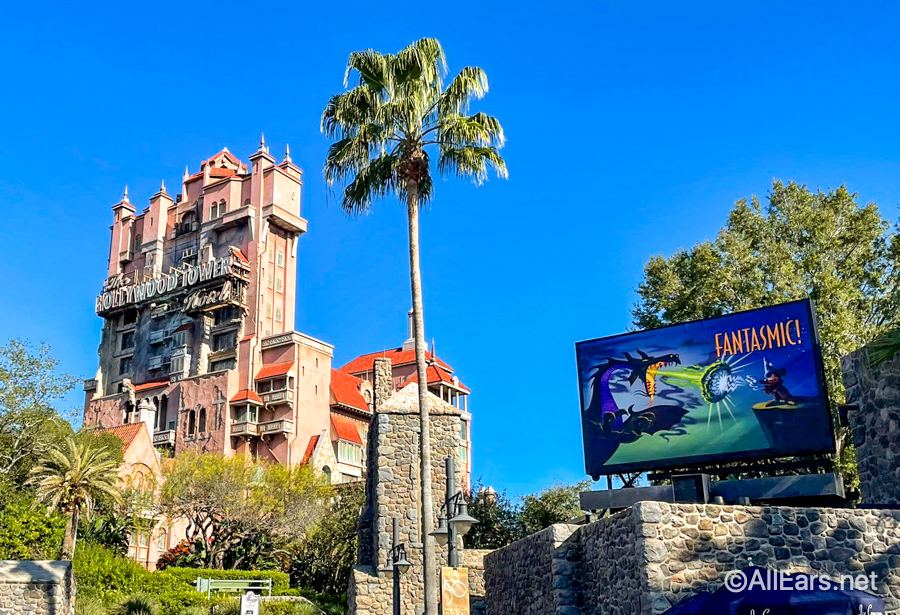



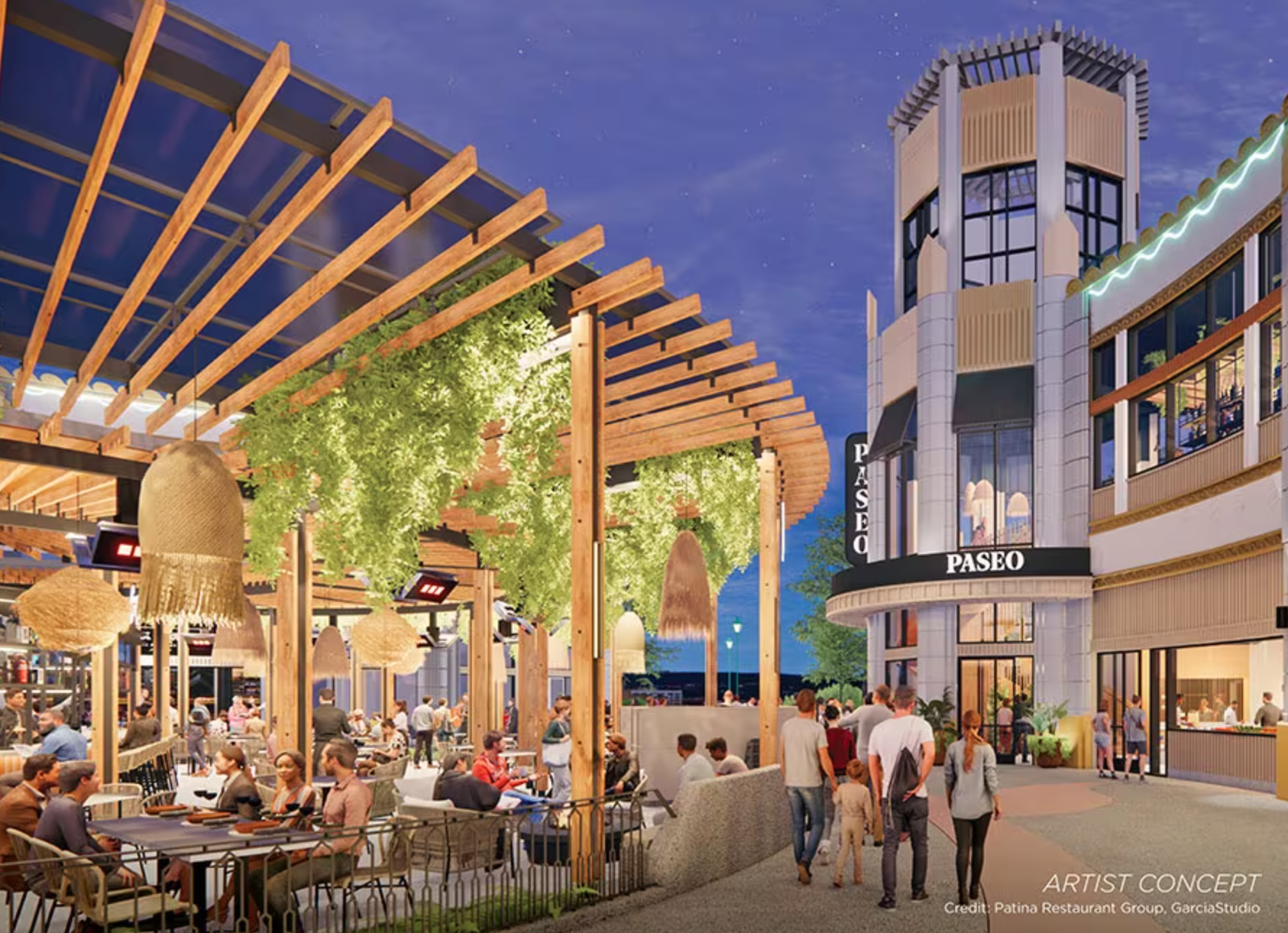
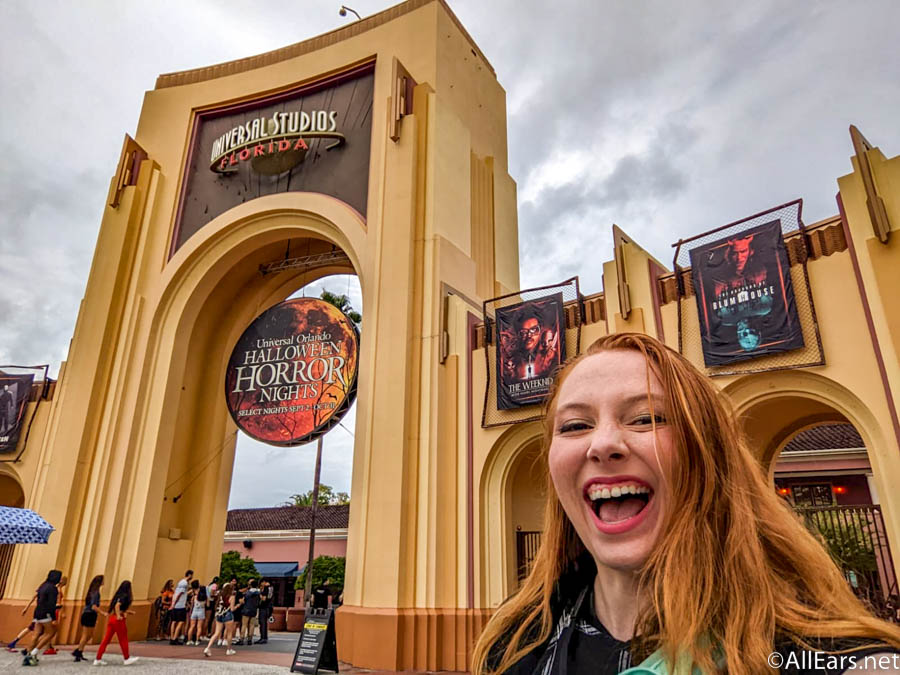

I think that trackless ride systems are amazing but what happens if it fails off course? I’d like to know! Thanks for all the information! 🙂
Hello !
Quote : “The ride even goes so far as to double back to the entrance for its conclusion, using the same set in two dramatically different ways.”
This is not true.
There are 2 identical designed rooms at start and end. Because they are twins, people THINK they are back in the first room… 🙂
Nice article. From my point of view, trackless Dark ride system need some new players with both passion and proven latest trackless technology into this field.